Siamang Symphalangus syndactylus
Endangered
Indonesia, Thailand, Sumatra
The Siamang lives in primary and secondary semi-deciduous and tropical evergreen forest. All levels of the canopy are used, although emergent trees are required for resting and sleeping.
#Siamangs are known for their booming boisterous calls and close knit families. They are endangered from complex threats including #palmoil #deforestation. You can save them every time you shop when you #Boycottpalmoil #Boycott4Wildlife https://wp.me/pcFhgU-x6 @palmoildetect
Siamangs occur at lower densities in secondary forest, but can persist in secondary areas. They range from the lowlands up to 2,000 m in elevation in some areas of Kerinci Seblat National Park, Sumatra, Indonesia (Yanuar 2009), with preferences for lowland and submontane/montane forest types. The species’ status in Malaysia is more uncertain, however, as with Sumatra, oil palm expansion has been identified as one of the main causes of deforestation in Peninsular Malaysia (Miyamoto et al. 2014). Also, as in Sumatra, rates of forest loss have accelerated over the last several years and are likely to range between 70-100% within the range of Symphalangus syndactylus.
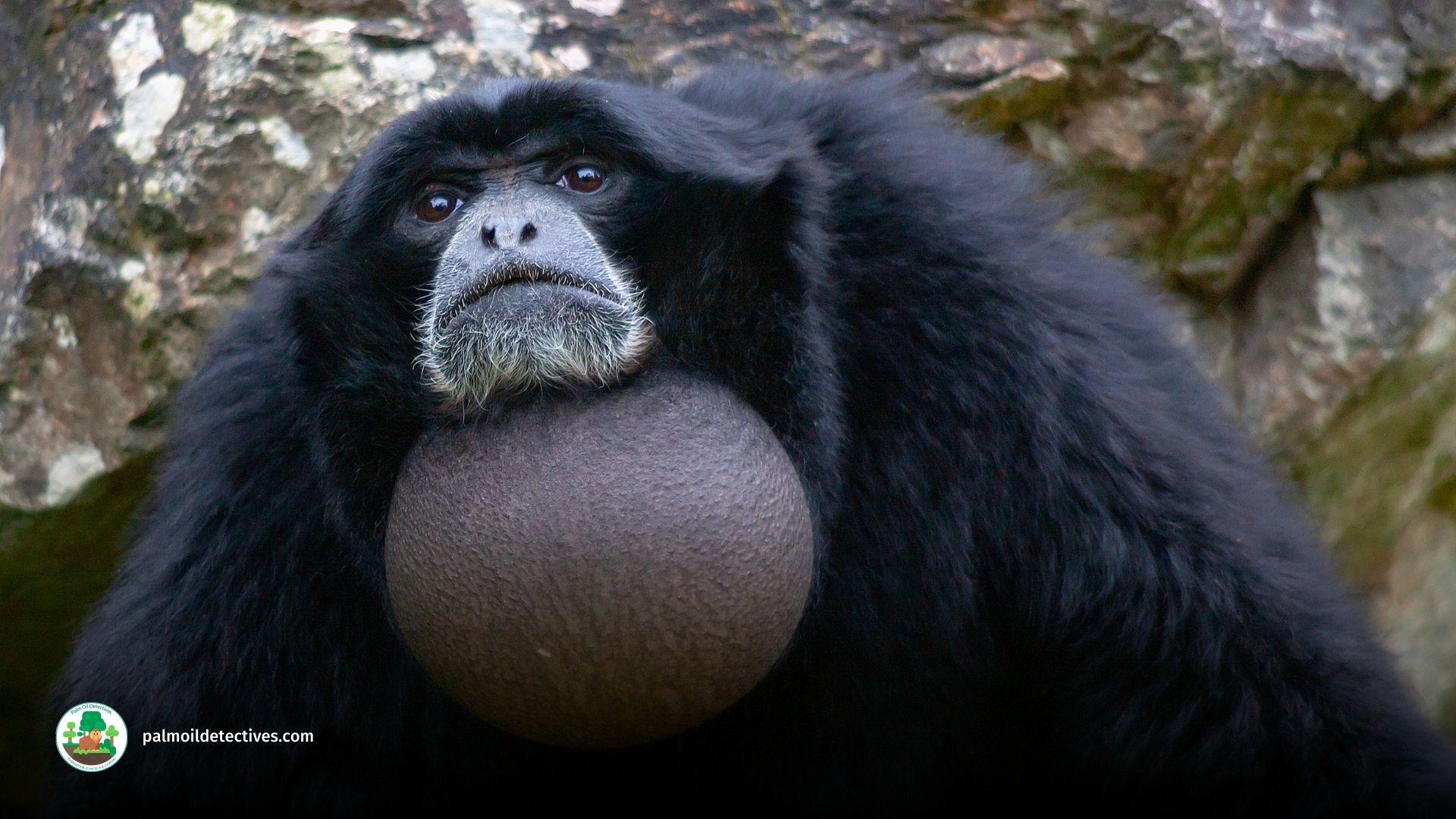
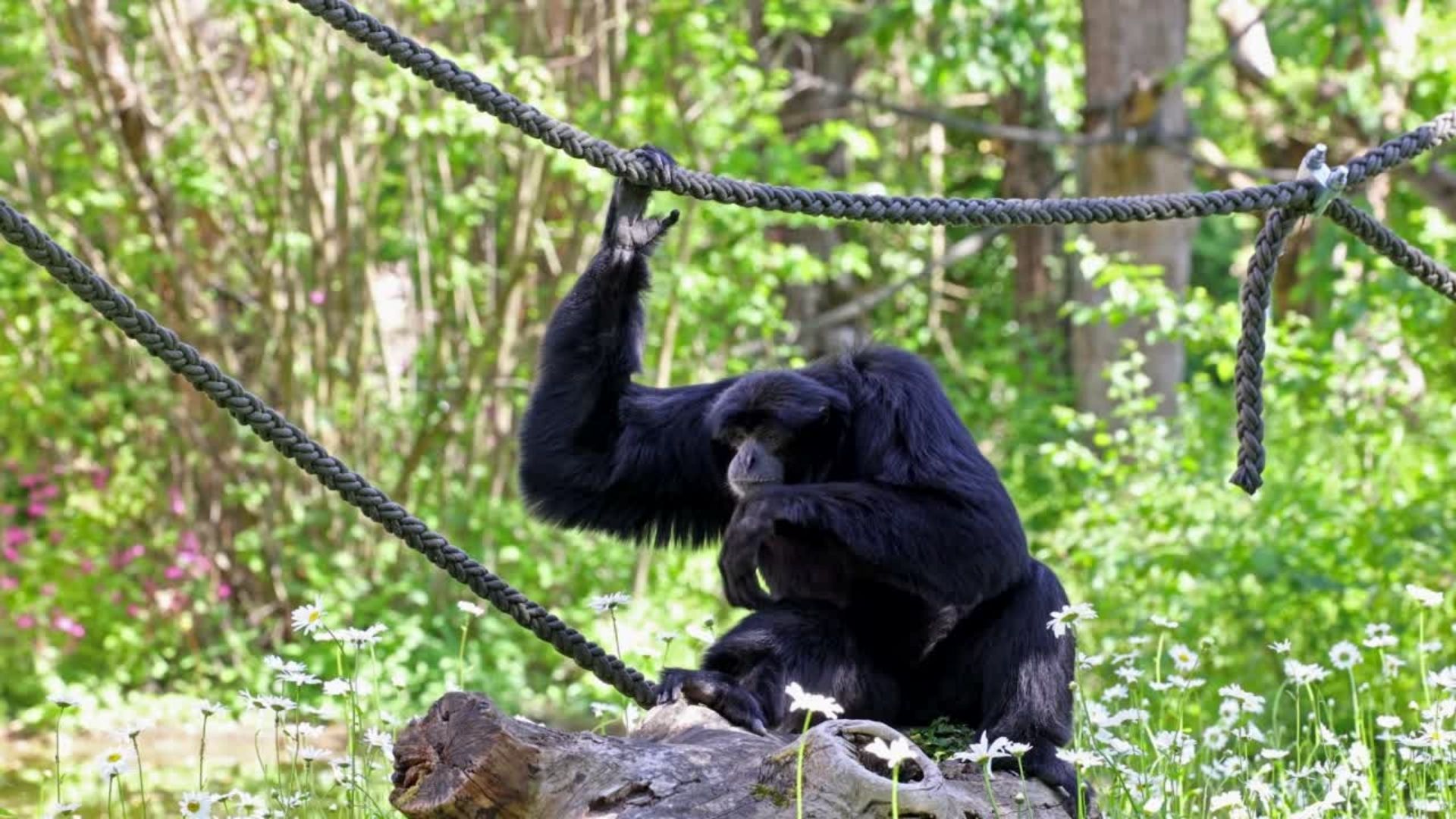
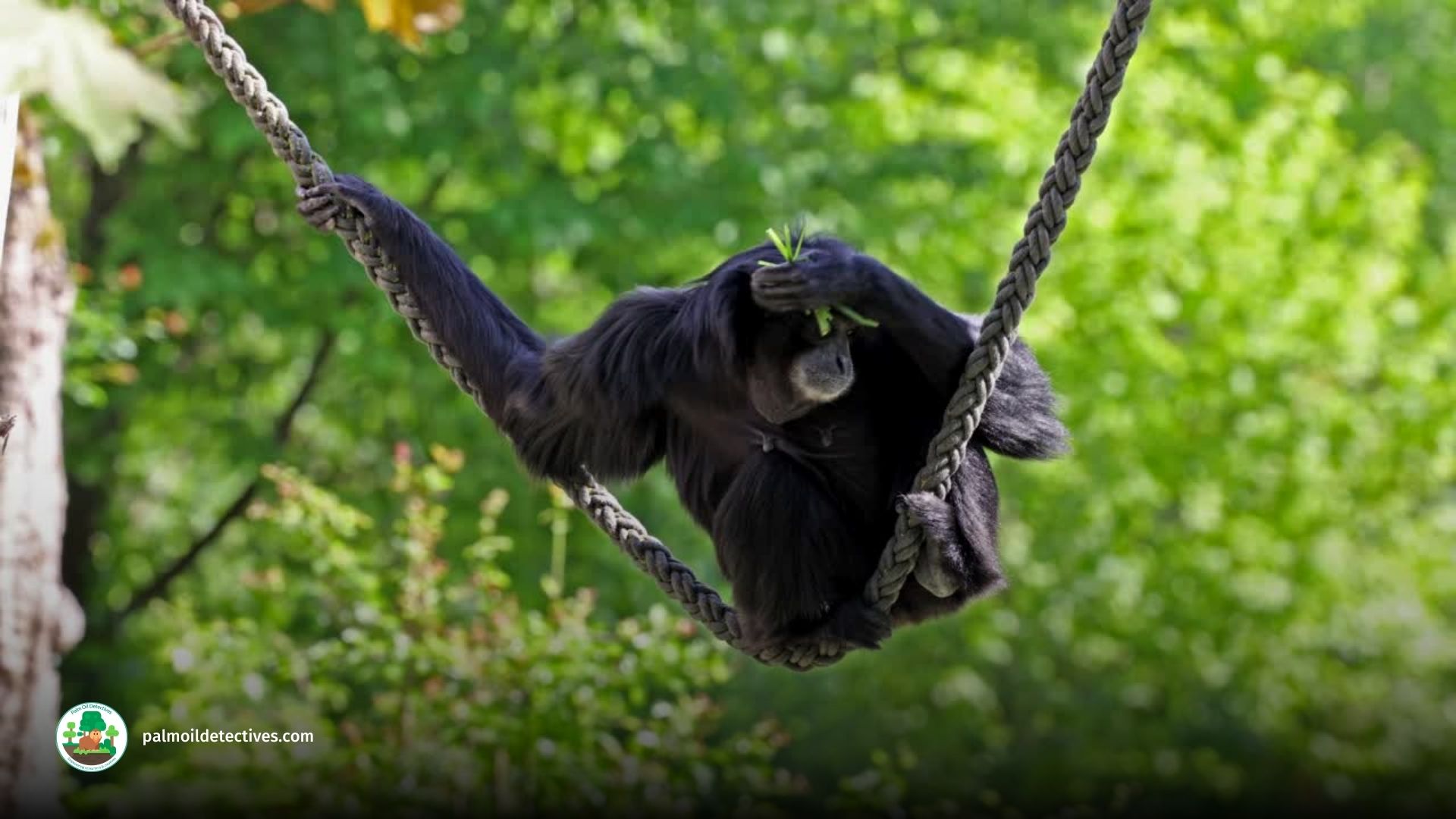
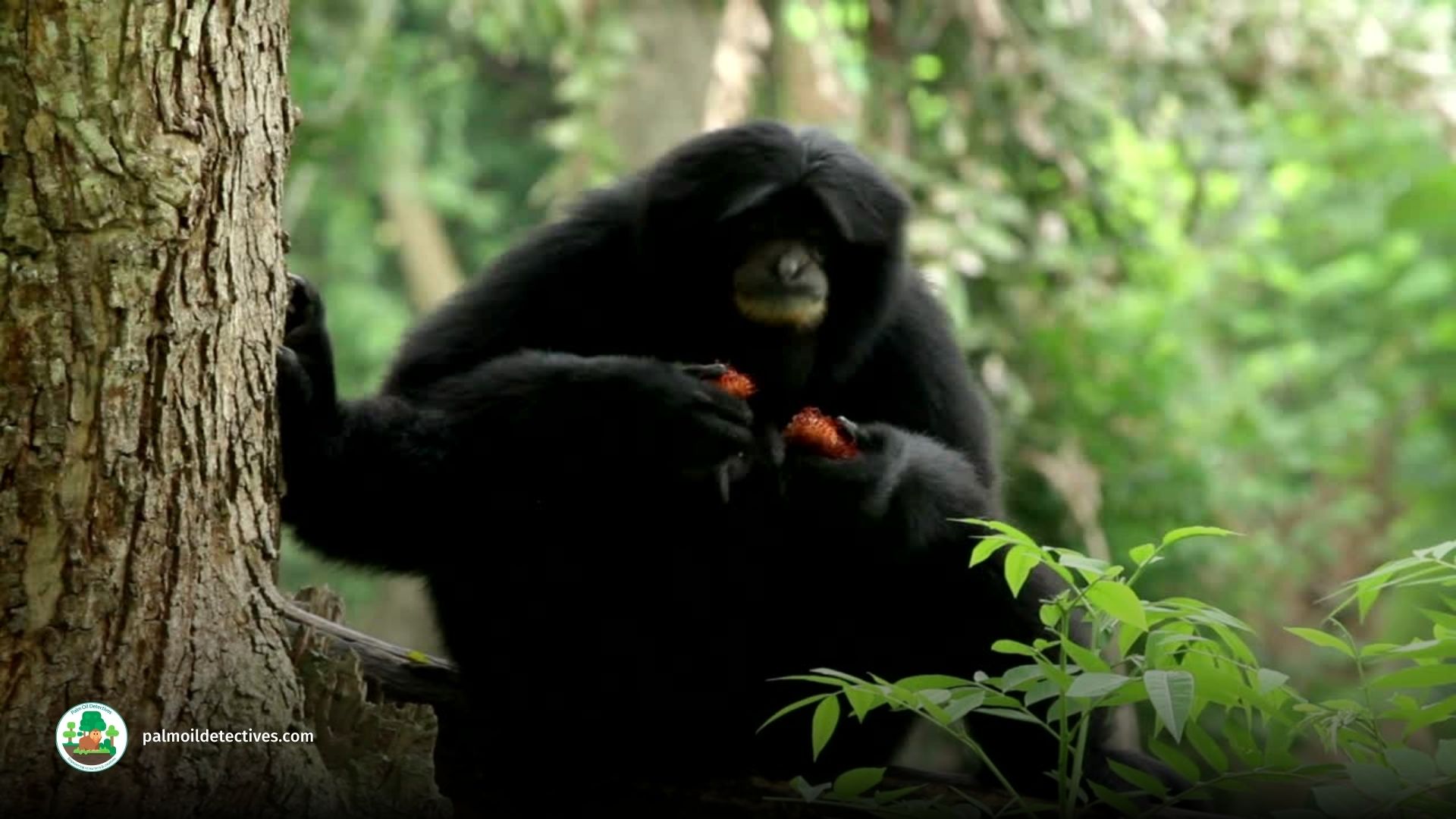
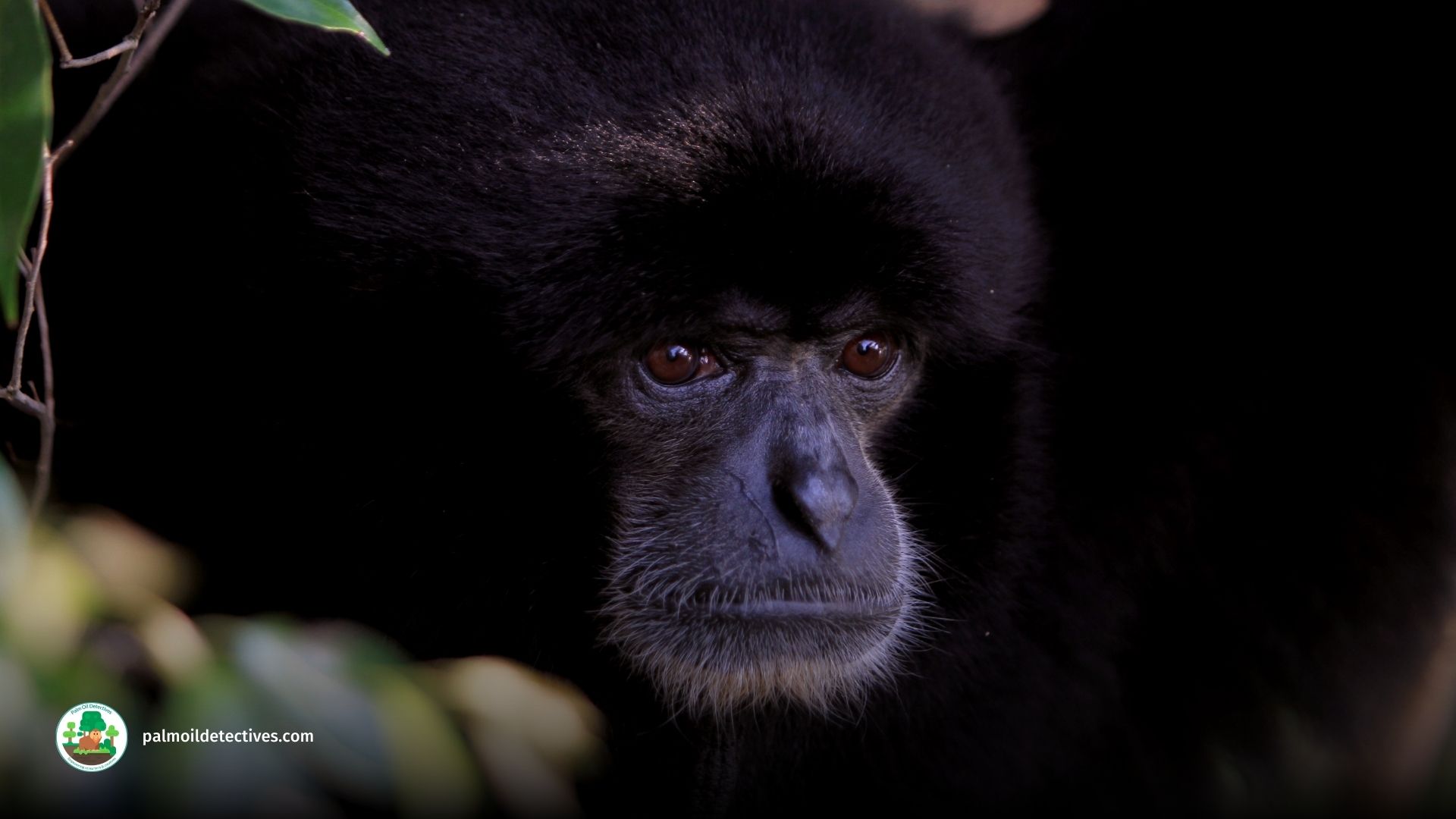

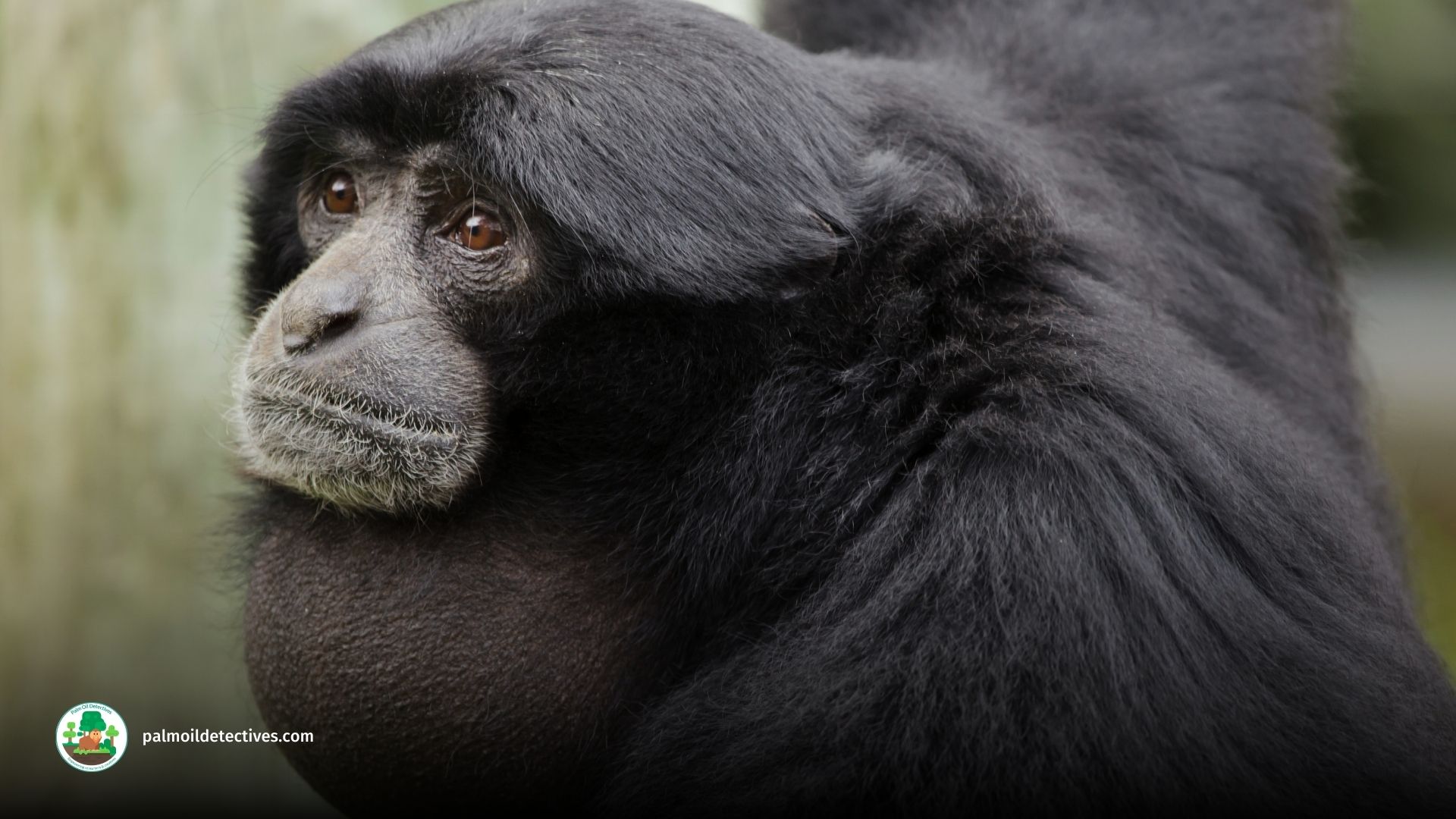



Between 1985 and 2007 on Sumatra, over 40% of the conceivable habitat for this species was lost to fires, logging, road development and conversion to agriculture or plantations (Laumonier et al. 2010). The forests, where they remain, are extremely fragmented (Margono et al. 2012). Agricultural expansion (e.g., coffee, oil palm, and rubber). While some of the populations of Siamang in protected areas appear secure today, a number of these protected areas are merely gazetted or proposed. As such, the future of the siamang is even uncertain in many of these protected areas, and will depend on vastly improved conservation efforts.

This species is threatened by forest conversion, mining, road construction, human encroachment and opportunistic poaching for pet trade and human consumption on Sumatra, with these threats often extending to populations in national parks and protected forests.
IUCN Red List
Siamangs have no protection or conservation in place in Sumatra…
This endangered primate faces an uncertain future, most are kept as pets and very little is done to inforce the law to protect them. The outcome to this is they are kept in shocking conditions as pets in Sumatra. This female is 8 years old and has been kept in this same cage for that whole period. I gained access through a friend, this is what I witnessed. Sad thing is there are no NGO’s to help these and the other primates caught and thrown into the pet trade. There is nowhere for them to go when rescued apart from the zoo. While taking this I had to act like a tourist who was interested in Siamangs otherwise I wouldn’t have gained access to this unseen hell. Part of me wishes I hadn’t seen such torment.
Craig Jones – Wildlife Photo Journalist, Conservationist
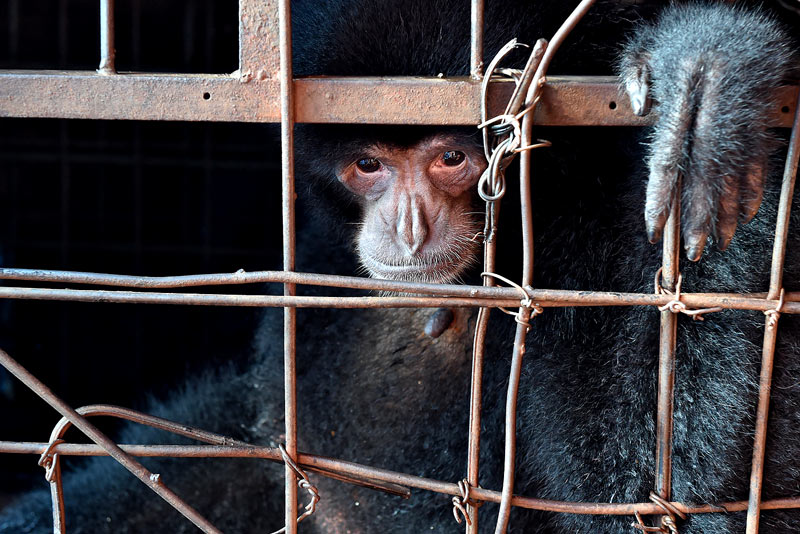
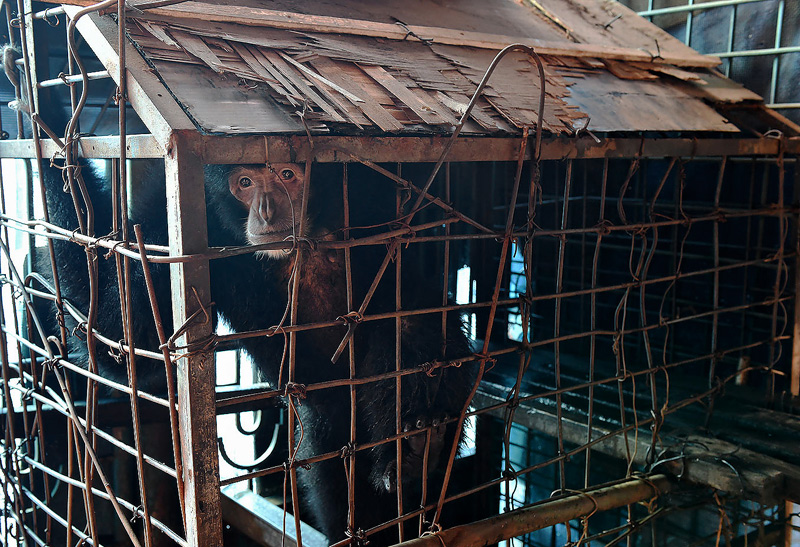

Photos and videos: Craig Jones – Wildlife Photo Journalist, Conservationist
Support the conservation of this species
This animal has no protections in place. Read about other forgotten species here. Create art to support this forgotten animal or raise awareness about them by sharing this post and using the #Boycottpalmoil #Boycott4Wildlife hashtags on social media. Also you can boycott palm oil in the supermarket.
Further Information

Nijman, V., Geissmann, T., Traeholt, C., Roos, C. & Nowak, M.G. 2020. Symphalangus syndactylus. The IUCN Red List of Threatened Species 2020: e.T39779A17967873. https://dx.doi.org/10.2305/IUCN.UK.2020-2.RLTS.T39779A17967873.en. Downloaded on 05 February 2021.
Craig Jones Wildlife Photography – Sumatra Behind the Scenes
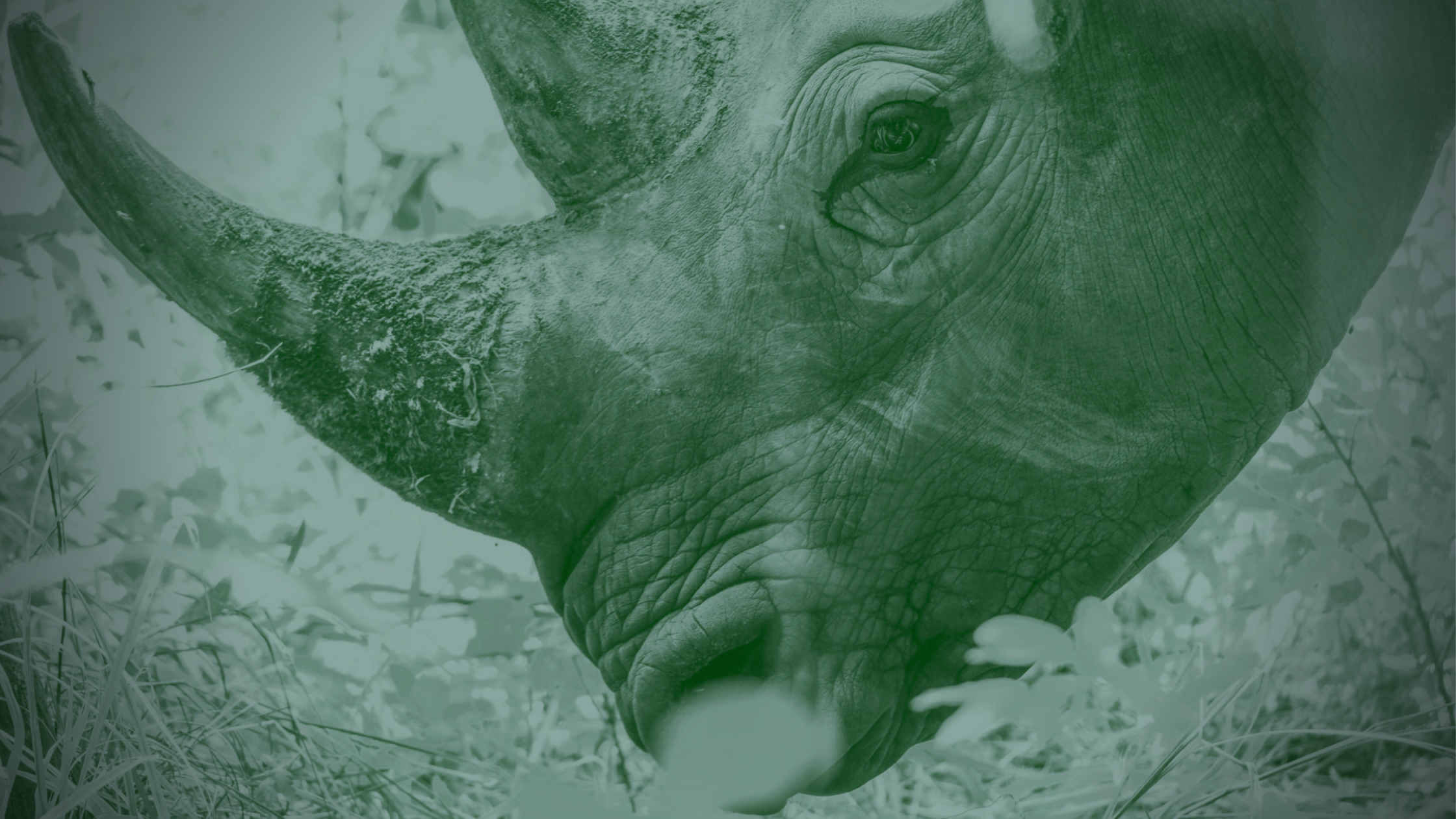
How can I help the #Boycott4Wildlife?
Contribute in five ways
1. Join the #Boycott4Wildlife on social media and subscribe to stay in the loop: Share posts from this website to your own network on Twitter, Mastadon, Instagram, Facebook and Youtube using the hashtags #Boycottpalmoil #Boycott4Wildlife.
2. Contribute stories: Academics, conservationists, scientists, indigenous rights advocates and animal rights advocates working to expose the corruption of the palm oil industry or to save animals can contribute stories to the website.
3. Supermarket sleuthing: Next time you’re in the supermarket, take photos of products containing palm oil. Share these to social media along with the hashtags to call out the greenwashing and ecocide of the brands who use palm oil. You can also take photos of palm oil free products and congratulate brands when they go palm oil free.
4. Take to the streets: Get in touch with Palm Oil Detectives to find out more.
5. Donate: Make a one-off or monthly donation to Palm Oil Detectives as a way of saying thank you and to help pay for ongoing running costs of the website and social media campaigns. Donate here




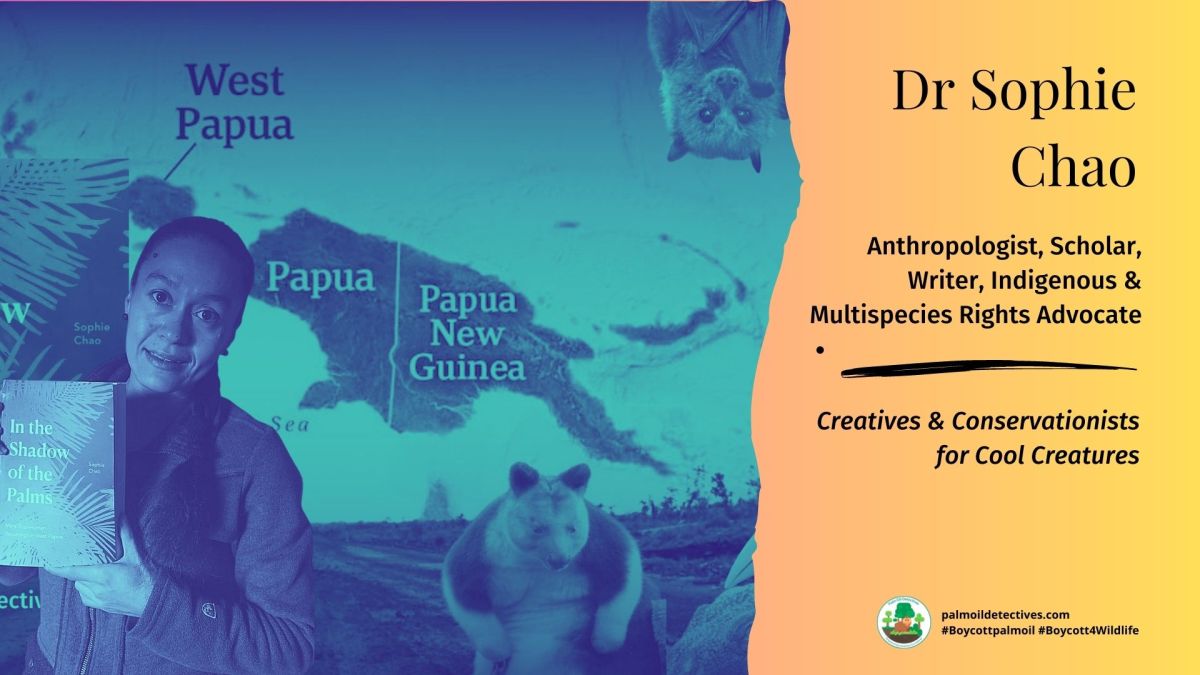



4 thoughts on “Siamang Symphalangus syndactylus”